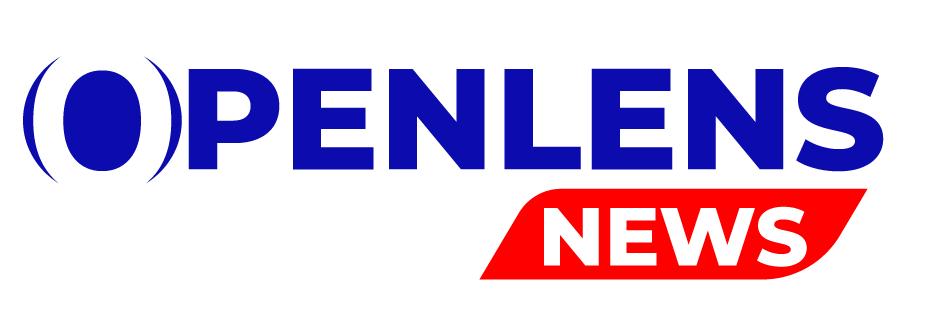As tariff threats intensify under renewed U.S. trade tensions, companies are scrambling to understand their full supply chains from primary manufacturers to the lowest-tier suppliers to manage rising costs and avoid disruption. Artificial intelligence is becoming a vital tool in this high-stakes environment.
With the return of President Trump’s volatile trade policies, tariffs have once again upended markets, triggering “war rooms” in boardrooms and concerns over potential layoffs. CEOs now urgently need a clear view of where products are made and how much each layer of production costs.
Traditionally, businesses have relied on supplier surveys or third-party audits to map their supply networks. But those methods are slow, and often incomplete audits can take two years, and supplier surveys yield only about an 8% response rate.
Now, AI is helping companies gain visibility beyond just direct suppliers, offering real-time insights into complex, multi-tiered global production networks. Evan Smith, CEO of Altana, a supply chain tech firm, says that demand for this kind of intelligence has surged dramatically.
“Geopolitics is front and center,” Smith told the CNBC Technology Executive Council. “It’s expressed through these trade wars and the tariff volatility.”
Altana, which began by assembling what Smith calls “the largest organized body of supply chain data on earth,” helps companies track the origins of everything from washing machines to toys, identifying potential tariff risks buried deep in supplier networks.
While even the best AI can’t predict the on-again, off-again nature of tariffs, it’s proving essential for staying agile. “The internet and public data can only take you so far,” Smith said. “Now, companies need a deeper, smarter look into the supply chain than ever before.”



